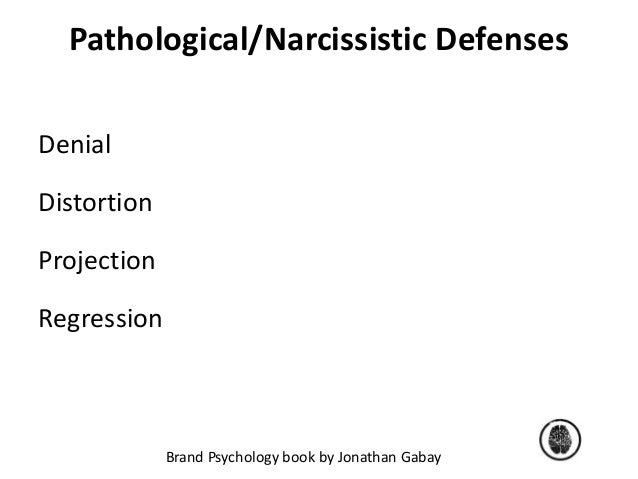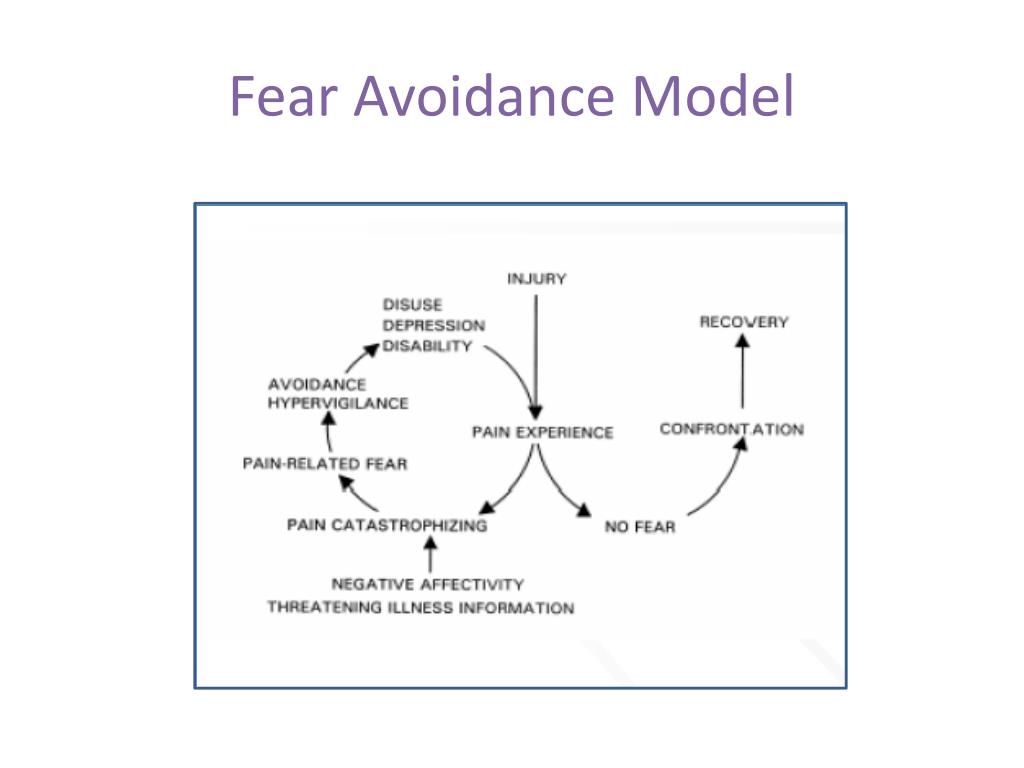


The concept of “kindling” began as a metaphor from lighting small twigs and branches of wood to ignite a full-blown fire in larger logs to describe how repetitive low level electrical stimulation in the amygdala or hippocampus develops into full-blown seizures over time ( Goddard, 1967 Goddard et al., 1969 Abel and McCandless, 1992). Humans inherently use metaphors as a reasoning tool to make sense of our ourselves and the physical world ( Johnson, 1983). Kindling: A Metaphor for Hyperexcitability Kindling-like processes might produce both hyperexcitable and hyper-inhibitory states as adaptation to excessive activation of neural circuits. We suggest that while hyperexcitability in the amygdala is responsible for hypervigilance and exaggerated responses to threat in pathological anxiety, hyper-inhibition, and progressive loss of inhibitory processes in the hippocampus and prefrontal cortex also contribute to the spectrum of symptoms. At the level of neural circuits, the amygdala and its connections are central for both normal fear and pathological anxiety. Hyperexcitability and hyper-inhibition in neural circuits responsible for normal adaptive fear states and behaviors may lead to exaggeration or persistence of these states and behaviors that behaviorally is seen as maladaptive fear. We extend this idea further to include kindling and sensitization induced hyper-inhibitory and disinhibitory processes interacting with excitatory neurons which produce their own effects in fear circuits and symptoms associated with anxiety and trauma, such as numbness, aloofness, and lack of detail and loss of context in the memories of traumatic and anxious incidents. We use the metaphor and mechanisms of kindling induced-seizure development as a basis for a progression of hyperexcitability in excitatory fear circuits to move from adaptive fear to pathological anxiety and trauma disorders.

Unraveling the mechanisms of the perceptual fear response may lead to a greater understanding of pathological anxiety because dysfunction or overactivation of the perception of fear leads to anxious thought and maladaptive behavior. This hypervigilance is super-responsiveness to events which may be threatening ( Frijda, 1986). This not only includes fear-related autonomic and behavioral responses activated during pathological anxiety, but the perceptual fear response of greater vigilance. More than 20 years ago we presented a view that pathological anxiety developed through a process of neural sensitization or kindling-like processes that initiate changes in the brain’s adaptive fear circuits leading to enhanced perception and response to subsequent threat and danger ( Rosen and Schulkin, 1998).
PATHOLOGICAL FEAR EXAMPLES UPDATE
In this paper we explore and update the idea that pathological anxiety develops from hyperexcitability of neural circuits for adaptive fear.


 0 kommentar(er)
0 kommentar(er)
